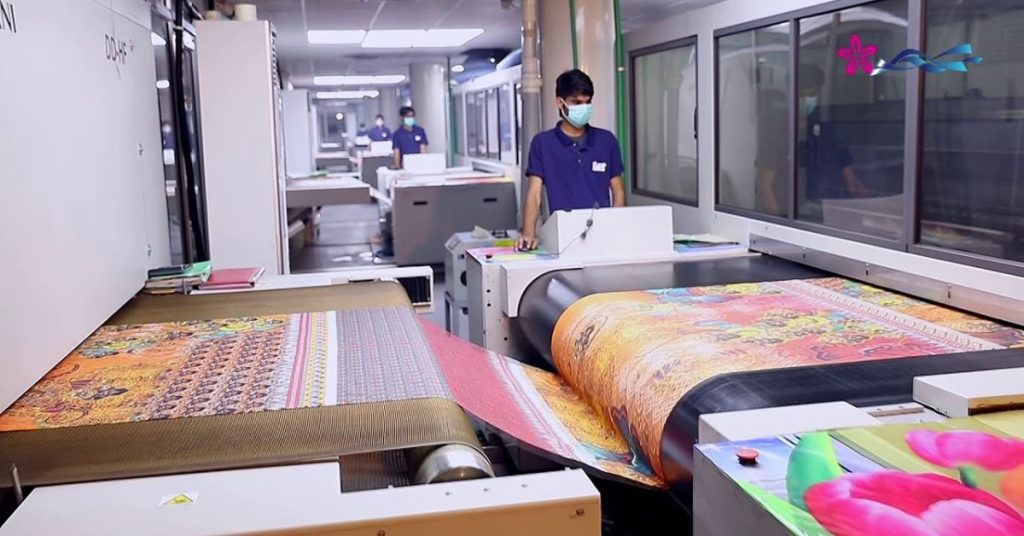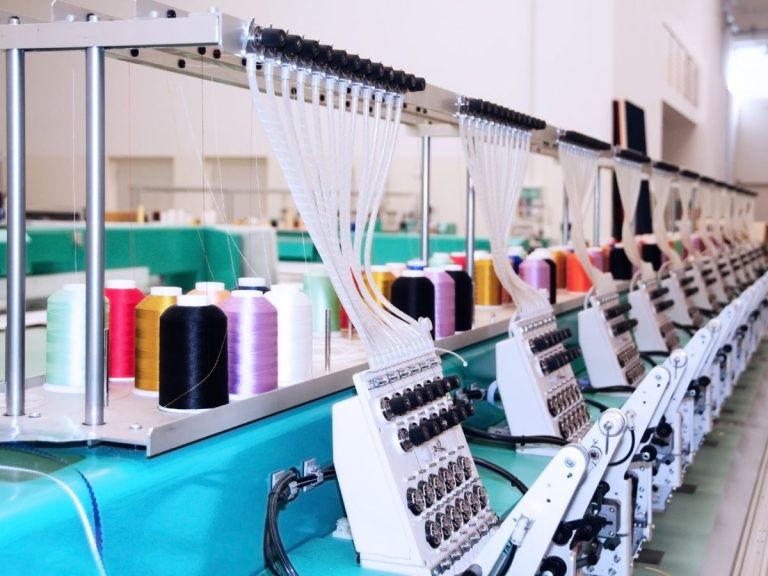The textile industry has been buzzing with activity lately, and it shows no signs of slowing down anytime soon. However, now is the time to take the plunge, If you’ve been charmed by the idea of diving into the textile business. Being part of the cloth industry means being privately connected with the worlds of fashion and design, as fabrics are the lifeblood of these industries. There are two types of textile businesses: those with chains of stores offering a variety of fabrics, and those with smaller, specialised shops boarding specific fabric types.
To thrive in the textile business, it’s pivotal to decide which type of fabrics to focus on. Before diving in, ensure clarity on your direction. For example, T & A textiles and hosiery limited in Manchester has established itself as a leader in cloth manufacturing, offering a wide range of quality fabrics. By aligning your aims with a clear vision, you can pave the way for success in this dynamic industry. This guide will outline the essential way to launch and expand your textile enterprise
Market Research:
Before venturing into the textile business, it’s wise to seek advice from industry old hands to grasp market dynamics and challenges. still, conducting your research is essential. Understand the demand for your chosen fabric type by conducting area-specific surveys to gauge consumer preferences directly. Assess competition in your position and map ways to surpass them. Pricing is consummate; aim for competitive pricing to attract customers. Analysing these factors diligently empowers you to make informed decisions and set a solid foundation for your textile venture’s success.
Connect with Vendors for Textile Printing and Production:
For entrepreneurs planning to delve into textile printing or production, establishing connections with reliable vendors is paramount. Seek out suppliers offering the necessary raw materials, especially latex products, which are widely utilised in digital textile printing. Building strong relationships with vendors ensures a smooth supply chain and access to quality materials essential for your business operations.

Site Selection for the Factory:
Choosing the right position for your factory is paramount for the success of your textile business. A strategic venue not only allows easy access to clients and suppliers but also minimises shipping charges. also, it enhances convenience for potential clients, contributing to increased foot traffic and deals. Consider factors similar to adjacency to transportation hubs, availability of skilled labour, zoning regulations, and infrastructure facilities when opting for the ideal site for your factory. Conducting thorough exploration and assessing various options ensures you make an informed decision that aligns with your business aims and functional requirements.
Manage the Flow of Funds:
Effectively managing financial resources is crucial for the smooth operation and growth of your textile business. Given the substantial investment required, it’s essential to budget meticulously and allocate funds wisely. Anticipate and account for operating costs associated with textile production, including rent or purchase of land, and procurement of equipment such as knitting and loom machines, thread, cloth cutters, and energy equipment. Implementing robust financial management practices, such as tracking expenses, monitoring cash flow, and exploring funding options like loans or investor partnerships, helps ensure financial stability and sustainability for your business in the long run.
Prepare a Business Plan with a Good Profit Margin:
In retail, after organising your initial stock, calculate the total input charges, including rent, electricity, and labour costs. Determine a selling price that maximises profit margin while considering competition pricing. For manufacturing, assess the total investment, encompassing raw materials, machinery, labour, electricity, and operational charges. Strive to minimise input costs and set a profitable selling price. The thing is to formulate a business plan that optimises profit margins and ensures sustainability in both the retail and manufacturing sectors of the cloth business.
Advertise and Market Your Business:
Effective marketing is essential for attracting customers and driving profits. Whether in manufacturing or retail, present your products or services attractively to appeal to a broader audience. Utilise advertising channels similar to social media, online platforms, and physical displays to showcase your offerings and attract possible buyers. A well-executed marketing approach enhances visibility, fosters brand awareness, and eventually boosts trades and profitability for your cloth business.
Conclusion
By following the above ideas and staying committed to delivering quality products and exceptional client experiences, you can make a successful and sustainable enterprise in the cloth industry.


